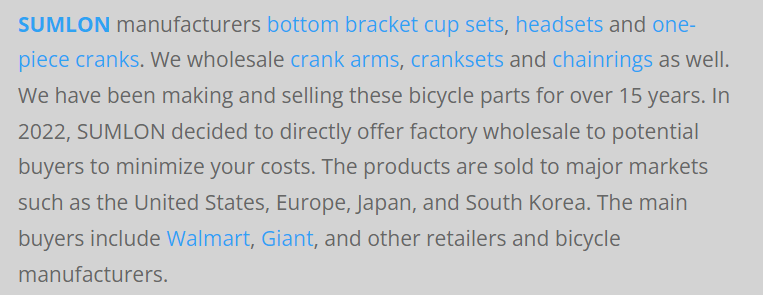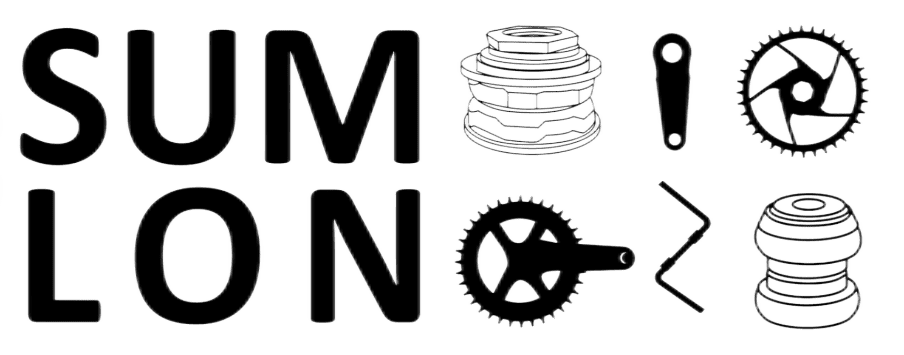There are many parts that need to be maintained in the daily cycle of bicycles. For different parts, many people do not know how often they should be maintained. In the following, SUMLON gives a timeline for maintenance of different parts.
1) Before each ride
1.1 Brake system
Check the stroke and tightness of the brake lever to ensure smoothness. Check the wear condition of the brake shoe and replace it in case of serious wear. Check whether the brake line is loose, broken or worn. Ensure that the brake shoe contacts the hub evenly without looseness. Press the brake handle and check whether the brake effect is good. Confirm that the brake disc is free from distortion or damage. Test the balance of front and rear brakes to ensure stability.
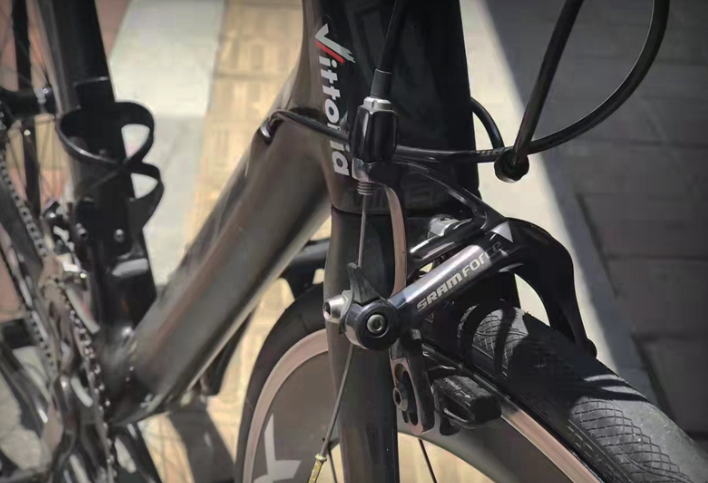
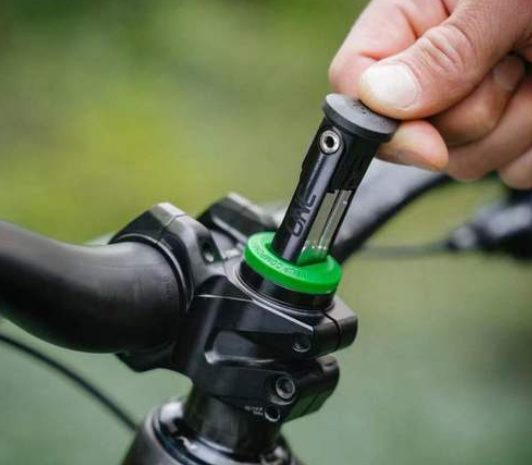
1.2 Head tube
Check whether the bolts of front fork and frame are fastened, especially the bolt head and joint. Observe whether the front fork and frame interface are loose or have foreign matters. Shake the front fork slightly to ensure that there is no abnormal looseness or noise at the connection. Check the front fork and frame surface for crack or deformation. If any problems are found, they should be adjusted or repaired in a timely manner to ensure riding safety.
1.3 Quick disassembly system
Check whether the quick release shaft and quick release lever are clean, lubricated and free from damage. Ensure that the quick release parts are correctly installed and fastened without looseness. Check the locking status of quick release system to ensure that it is completely locked and free from abnormal sound. Test whether the quick release system is smooth and whether the tire can be quickly removed and installed.
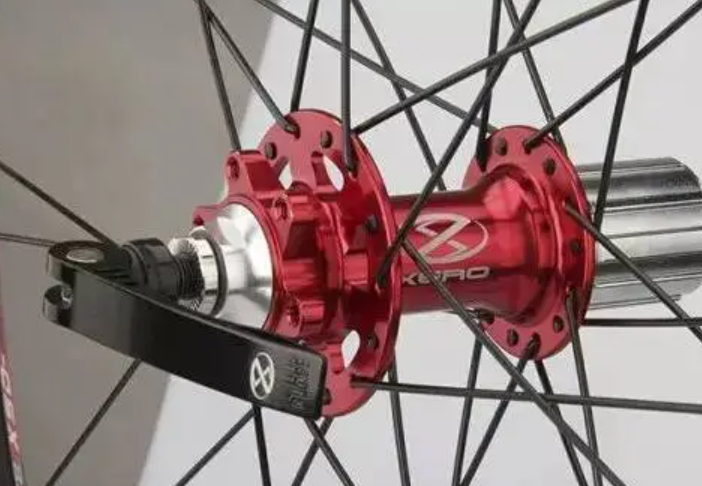

1.4 Tire surface
Check the tire surface for burrs, glass and other sharp objects, remove and repair. Check the tire for wear, crack or foreign matter, and replace it if necessary. Observe whether the tire tread is worn evenly. If not, adjust the air pressure or position. Check whether the tire tread has bubbles or debonding, and replace the tire if any. Touch the tire with hand and check for unusual hardness or softness to ensure good grip and handling.
1.5 Tire pressure
Check whether the tire pressure is within the range recommended by the manufacturer with tire pressure gauge. If the tire pressure is too low, use the air pump to gradually pressurize it to a proper level. Ensure that the tire valve is in the correct position and fastened.
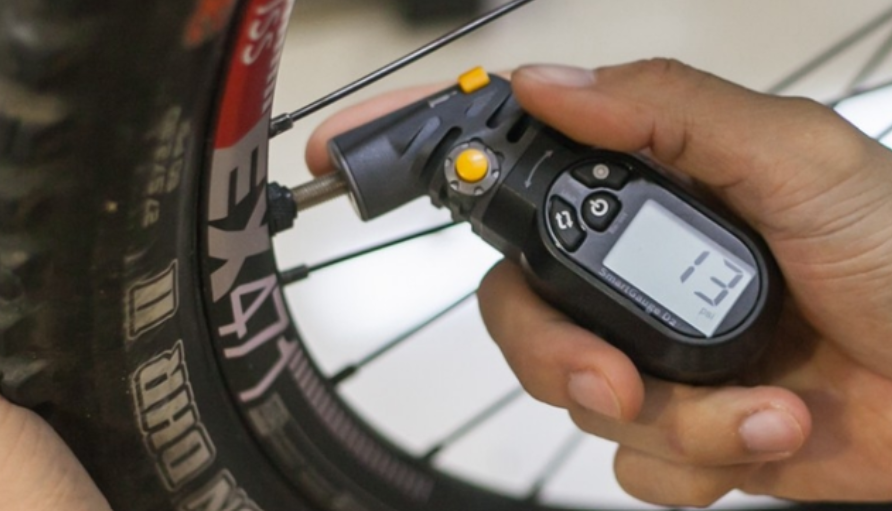
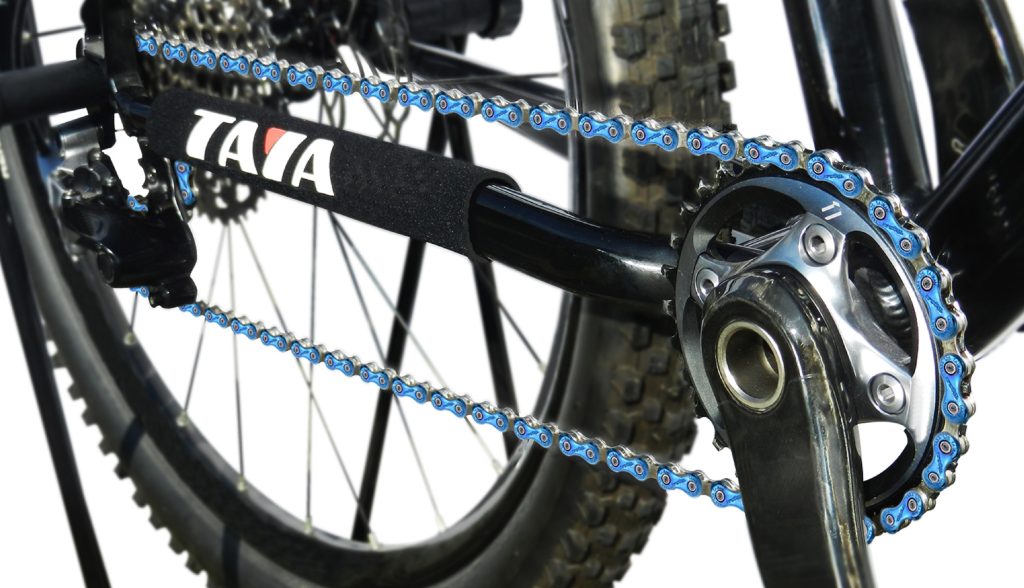
2) Every week
2.1 Transmission system
Use cleaning agents and brushes to clean chains, gears and transmission to remove dirt and deposits. Then apply an appropriate amount of lubricating oil on the chain to ensure that each link is fully lubricated. Avoid excessive lubrication so as not to absorb more dust and impurities. Regular cleaning and lubrication reduces wear, improves transmission efficiency, prolongs component life, and ensures a comfortable, stable riding experience.
3) Every Month
3.1 Cleaning of complete vehicle
Wash the frame, hub and brake system with clean water to remove dust and dirt. Then, use mild detergent and brush to clean the frame, wheel rim, chain and other parts, and avoid electronic parts and bearings. Completely wash and dry the vehicle to ensure no residual cleaning agent. Finally, apply an appropriate amount of lubricating oil on chains, gears and other moving parts to ensure good operation and extend the service life. In addition to aesthetics, vehicle cleaning can extend the life of bicycles and improve ride comfort.
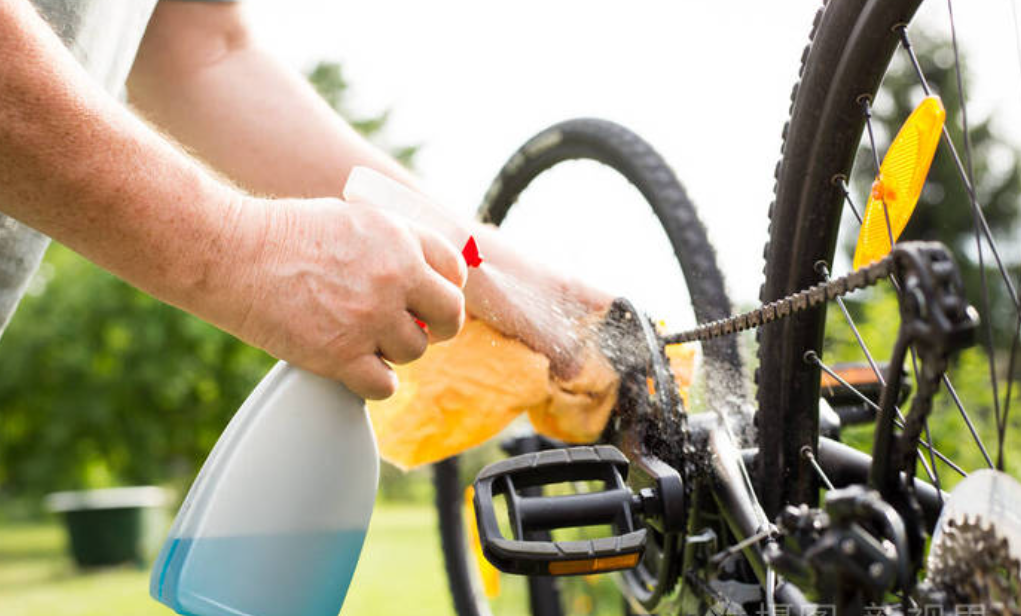
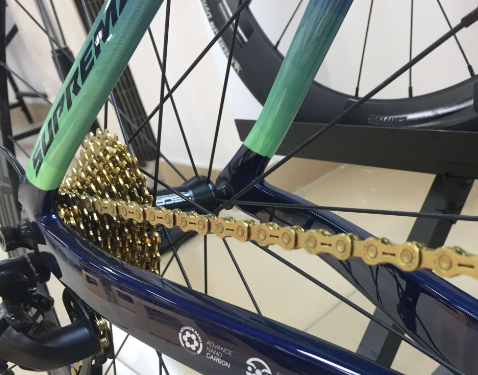
3.2 Transmission system
Completely clean the chains, gears and transmission with cleaning agent and brush to remove dirt. Allow to dry after washing and apply appropriate amount of lubricating oil on the chain. Observe the chain tension, rust, gear wear, abnormal sound or sense of pause. If any abnormality is found, consider replacing the chain or gear to ensure the normal operation of the transmission system.
3.3 All screws
It is essential that all screws are checked regularly. Use a torque wrench to check the tightness of the screws to ensure that they are securely attached. Pay special attention to whether the screw head is loose or damaged. Check the screws on the frame, brake, transmission and wheels. If loose or missing, tighten or replace screws immediately. Regular inspection can avoid screw looseness or falling off and ensure riding safety.
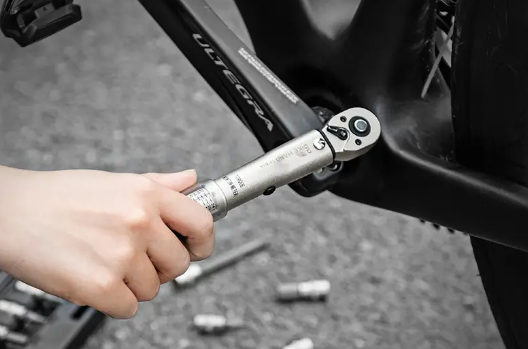
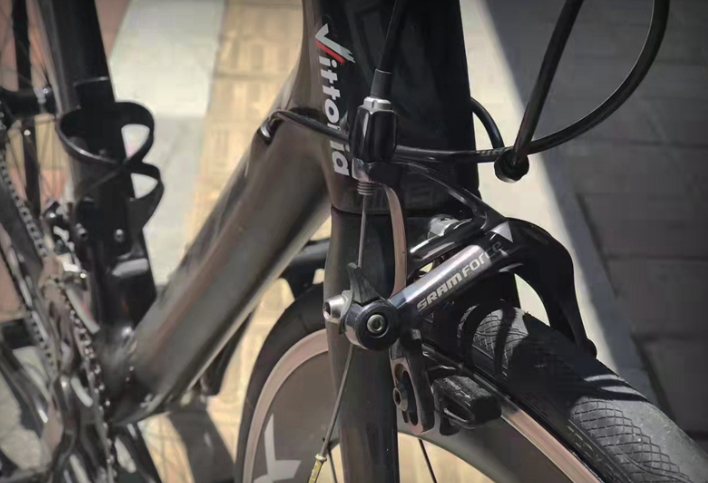
3.4 Brake system
Check the stroke and tightness of the brake handle to ensure smooth operation. Check the wear condition of the brake shoes. If there is serious wear or foreign matter, replace it in time. Check whether the brake line is loose, broken or worn, especially at the oil pipe. Ensure that the brake shoe contacts the hub evenly without looseness. Press the brake handle and check whether the brake effect is good and whether there is abnormal sound. Finally, check whether the brake disc is deformed or damaged. In case of any abnormality, immediately adjust or replace the components to ensure the reliability and safety of the brake system.
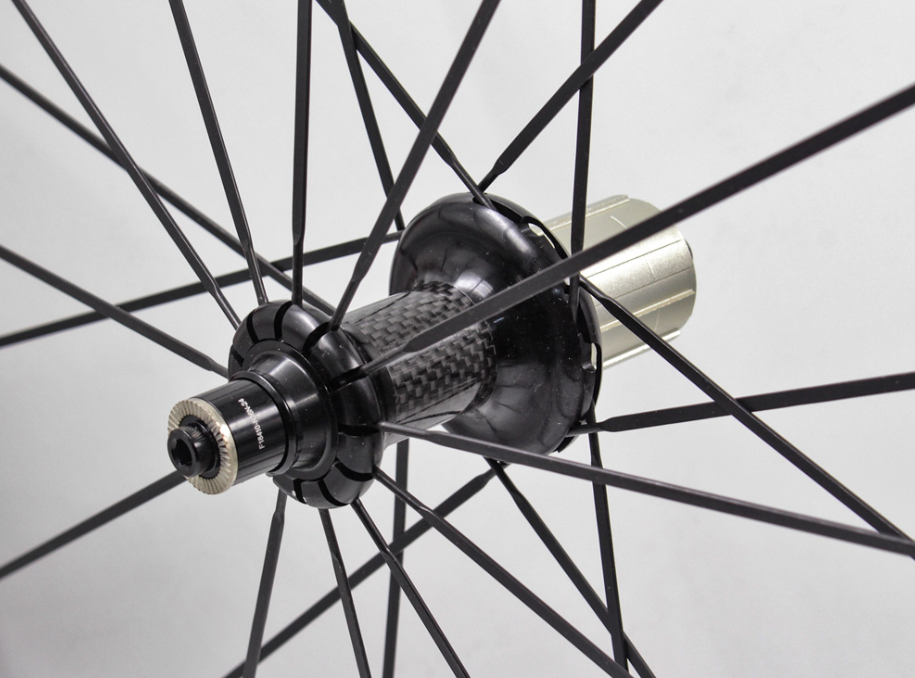
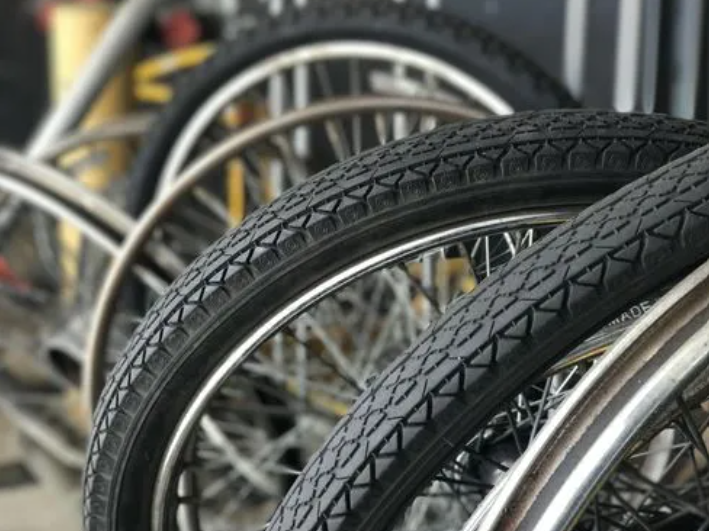
3.5 Check the abrasion degree of tire
Observe the tire surface. If there is crack, wear, puncture or bubble, it indicates that the tire has been aged or damaged and needs to be replaced. Check the tread wear indicator line. If it has been polished, it indicates that the tire is seriously worn and needs to be replaced. Touch the tire with hands, if the feeling is uneven or hardened, it may be an aging sign and needs to be replaced. If the tire continues to leak, it indicates that the tire may have internal structure damage and needs to be replaced. Finally, frequent tyre failures during cycling, such as a flat or leaking tyre, also indicate the need for replacement.
3.6 Check the front and rear hubs
First, gently rotate the wheel and observe whether it rotates smoothly. If there is abnormal friction or resistance, it may be the signal that the hub needs to be adjusted or repaired. Touch the hub with your hand and feel for abnormal heat, overheating may be a sign of bearing failure. Check whether the hub has abnormal sound, such as creaking or abnormal sound. It may be that the bearing needs to be cleaned or replaced. Finally, check whether the hub is perpendicular to the ground. If there is any deviation, the riding may be unstable, and the hub needs to be adjusted.
4) Every three months
4.1 Check the frame surface
Whether the frame is deformed can be preliminarily judged by observing the painted water surface of the bicycle frame. First, carefully check the frame surface for cracks, dents or blisters. Gently touch the surface of the frame to feel whether it is flat. If uneven or abnormal dents are found, it may indicate that the frame is deformed. Move around the frame with your eyes and observe for signs of distortion or asymmetry. In addition, use a ruler or measuring tools to check whether the dimensions of each key part of the frame are symmetrical and consistent. If any of the above abnormalities is found, the frame may be collided or distorted, which shall be repaired or replaced in time.
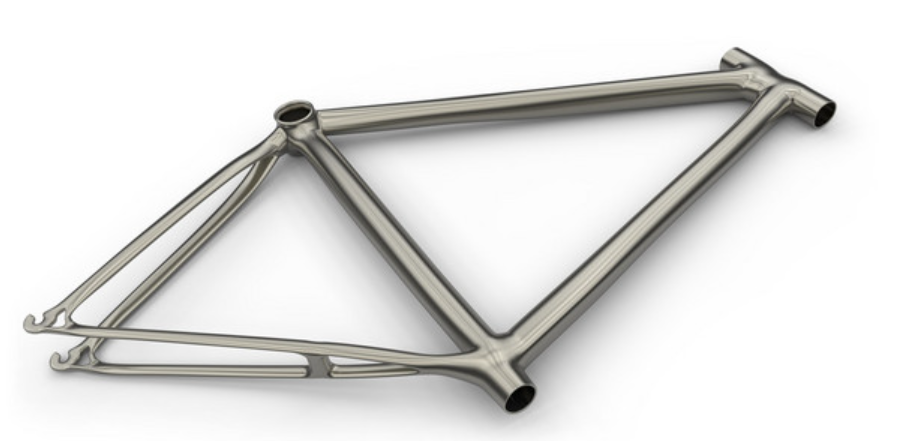
4.2 Check each welding position
Visually inspect welds for cracks, breaks, or unusual depressions. Gently touch the weld to see if it is flat, and protrusions or depressions may indicate poor weld quality. Then, tap the welding part with fingers to hear whether the sound is even and clear. The abnormal sound may indicate that there is a problem at the welding part. Special attention shall be paid to the key joints of the frame, such as head pipe, seat pipe and scaffold. In addition, check that the welds are uniform and free from voids or blisters to ensure good welding quality.
5) Every six months
5.1 Headset
During cycling, the headset needs to be checked regularly and in particular replacement should be considered if:. When you feel that the steering is not smooth or loose, it still exists even after the screws are tightened. An abnormal sound such as creaking or rubbing is heard. Obvious wear, crack or deformation of headset parts observed. Unstable steering or increased friction during ride. Frequent cycling on wet or muddy roads may result in rust or damage to headset components. When the headset has the above problems, timely replacement shall be considered to ensure riding safety and comfort.
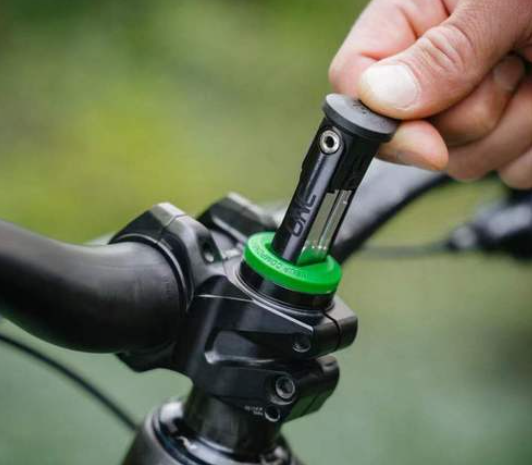
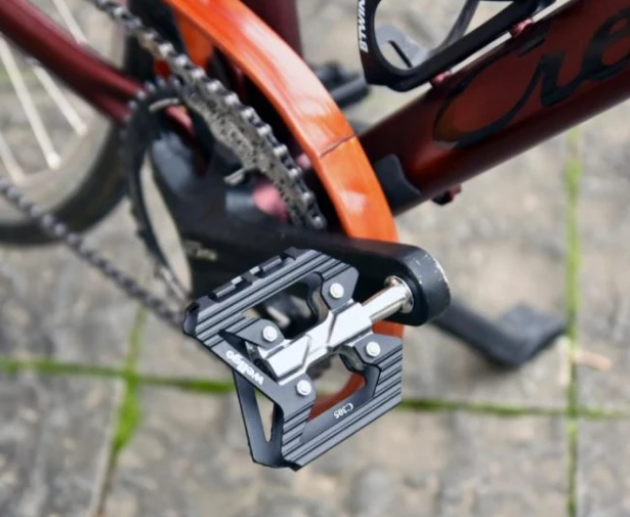
5.2 Pedals
Consider replacing pedestals when they are worn, such as obvious wear or cracking on the plastic surface. Pedestal bearing loosens or gets stuck, affecting ride comfort and efficiency. PEDAL THREADS WORN OR DEFORMED TO SECURE TO CRANK. Frequent cycling on wet or muddy surfaces may result in foot rust or bearing damage. The modeling of the pedestals does not meet the needs of individual cyclists, such as platform pedestals that require a larger area of support.
5.3 Bottom brackets
Watch out for wear on the bottom bracket (BB) while cycling. The timing to consider replacing BB includes feeling an abnormal sound or a feeling of looseness in the BB area, even though it is still present after tightening. The friction in BB area increases or the resistance increases when stepping. Oil stains, rust, cracks or deformations were observed in the BB area. BB bearing loosens or gets stuck, affecting ride efficiency and comfort. Frequent cycling or frequent cycling on wet, muddy surfaces may result in damage to BB components. The frame generates abnormal sound or vibration, which may be related to BB.
6) Every year
Every year you have to disassemble your bike completely for overhaul. Replace all bearings if possible. If you ride more than 8000 kilometers per year, you must replace all the brake lines and the wire harnesses in the derailleur system. Also, if you’re a regular cyclist in the rain or you’re a mountain bike rider, you need to check your bike more often and thoroughly. Before every important journey, professional inspection and adjustment is a clear choice and will make the journey more pleasant.
By the way, SUMLON has been manufacturing bicycle parts for over 15 years. Contact us if you are looking for a bike parts factory or a one-stop wholesaler. Peace



